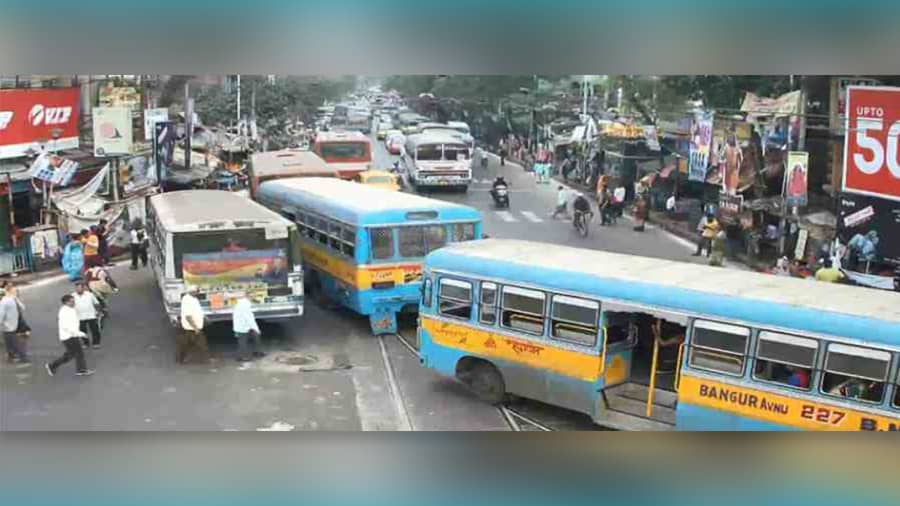The city police have engaged a consulting agency to suggest ways to make pedestrian crossovers safer at 21 key intersections. These intersections are the most accident-prone spots because of heavy movement of pedestrians, according to police reports. “
The agency will suggest solutions about how to reduce pedestrian deaths,” said an officer. Senior officers said they want the agency to come up with technical solutions, including changes in road engineering and improving infrastructure to make the intersections more pedestrian-friendly.
Around 38 per cent of all fatal accidents over the last two years in Kolkata involved pedestrians, a fact that prompted the police brass to approach the consulting agency, the Pune-based JP Research India Private Limited. “The agency will send us periodic reports after studying the pedestrian movement pattern in the intersections and what can be done to make them safer,” Sunil Yadav, deputy police commissioner, traffic, told The Telegraph.
Some of the intersections that will be covered by the study are the Shyambazar five-point crossing, MG Road-Chittaranjan Avenue crossing, Gariahat tram depot crossing and some crossings on Diamond Harbour Road, officers said.
A recent study by experts from IIT Kharagpur and the World Bank on challenges to pedestrians in Kolkata has listed the Shyambazar crossing as a high-risk location.
The Telegraph reported on Tuesday that the study identified undesignated bus stops, inaccessible zebra crossings and on-street parking as some of the reasons that make it difficult for pedestrians to cross traffic intersections.
The consulting agency will suggest for each of the intersections measures best suited to reduce pedestrian fatalities. “These could include installing proper road signage, retro-reflective tapes, spring posts, cones and convex mirrors, and making clear markings,” Yadav said.
JP Research India Private Limited, a subsidiary of JP Research Inc in California, had carried out an “accident study” for all road accidents in Kolkata between January and December 2018, senior officers said. The study focused on 868 crashes and concluded that the human factor accounted for most of them. “There is an involvement of road engineering deficiencies such as poor road marking and signage, poor pedestrian infrastructure and poor intersection design,” the report said.

